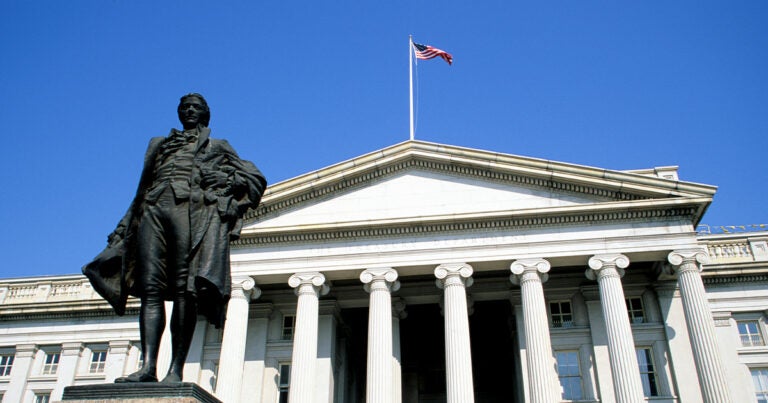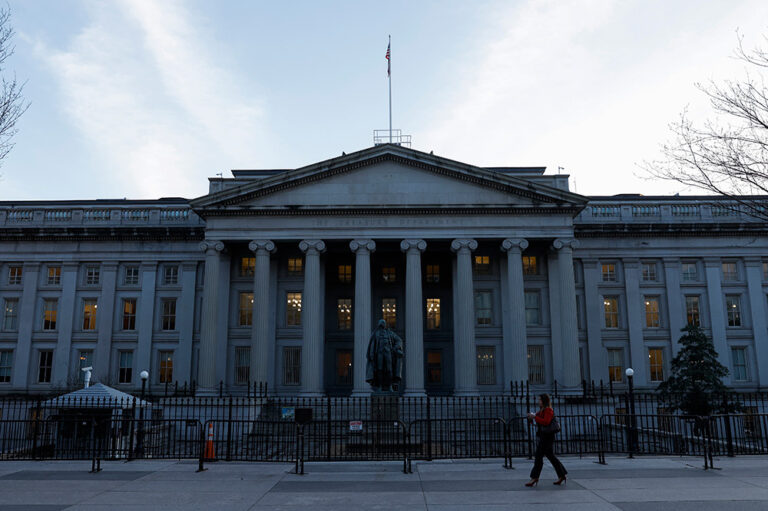A set of new budget estimates from the Office of Management and Budget (OMB) reveals that even if the President’s budget were implemented in full, debt would still exceed its all-time high by the end of the decade and the deficit at that point would reach $2 trillion. The updated estimates in the Mid-Session Review also assume steady economic growth and no major unforeseen events, such as the 2008 recession or the COVID-19 pandemic. While the $3.3 trillion in deficit reduction proposed in the President’s budget is a step in the right direction, the numbers make clear that it is not enough, as deficits would remain well above levels typically seen during stable economic times. The report serves as a reminder that the country is on an unsustainable fiscal path; however, the good news is that many solutions are available to chart a sustainable fiscal path forward.
Image credit: Photo by Kevin Dietsch/Getty Images
Further Reading
The Fed Reduced the Short-Term Rate Again, but Interest Costs Remain High
High interest rates on U.S. Treasury securities increase the federal government’s borrowing costs.
What Types of Securities Does the Treasury Issue?
Let’s take a closer look at a few key characteristics of Treasury borrowing that can affect its budgetary cost.
Quarterly Treasury Refunding Statement: Borrowing Up Year Over Year
Key highlights from the most recent Quarterly Refunding include an increase in anticipated borrowing of $158 billion compared to the same period in the previous year.


